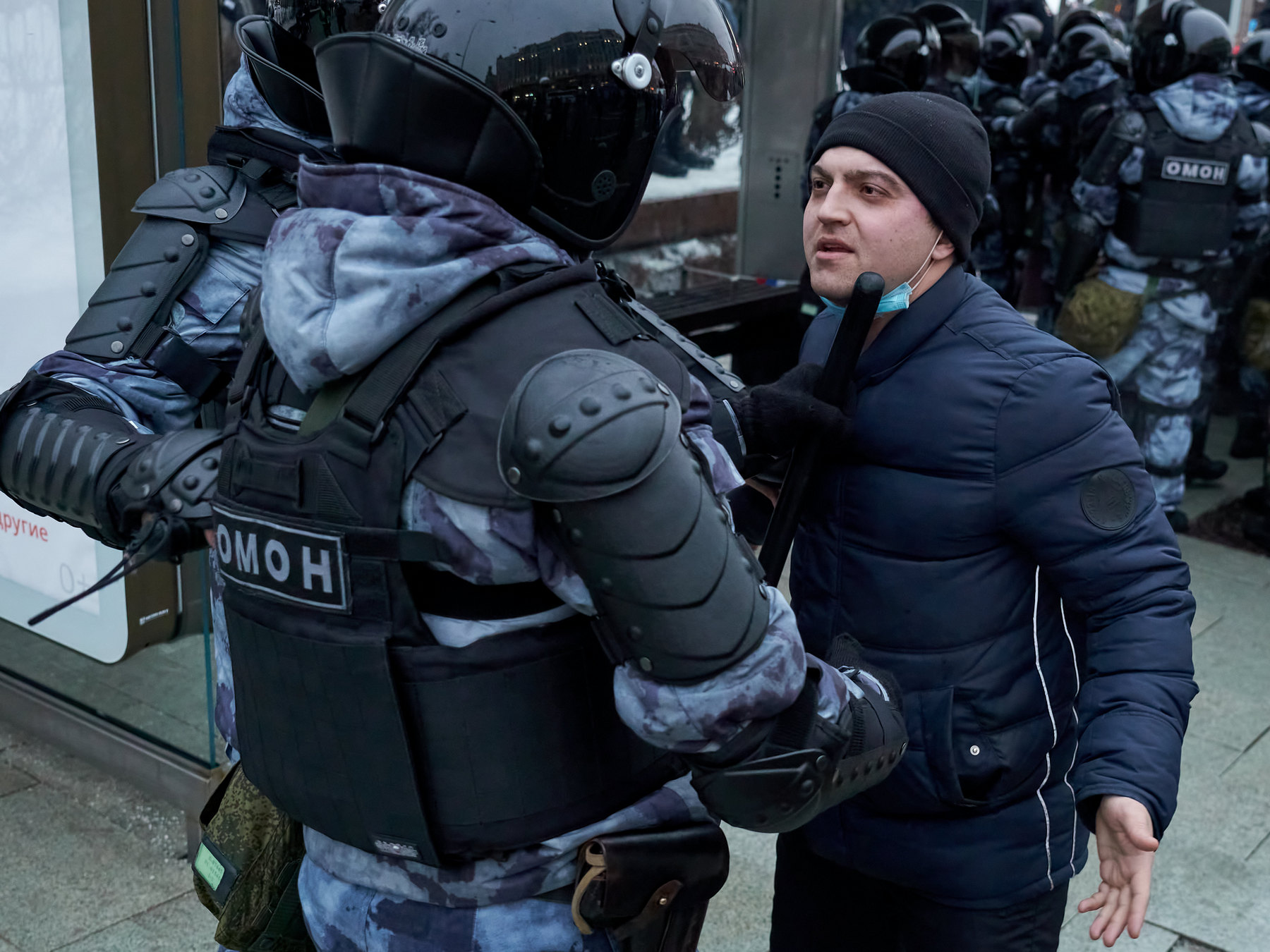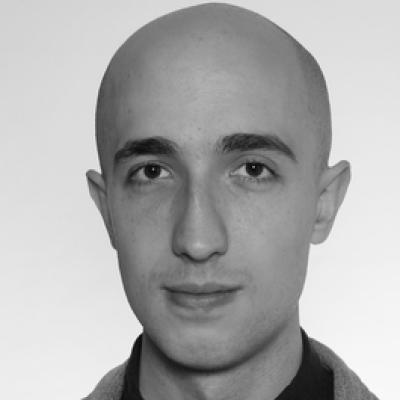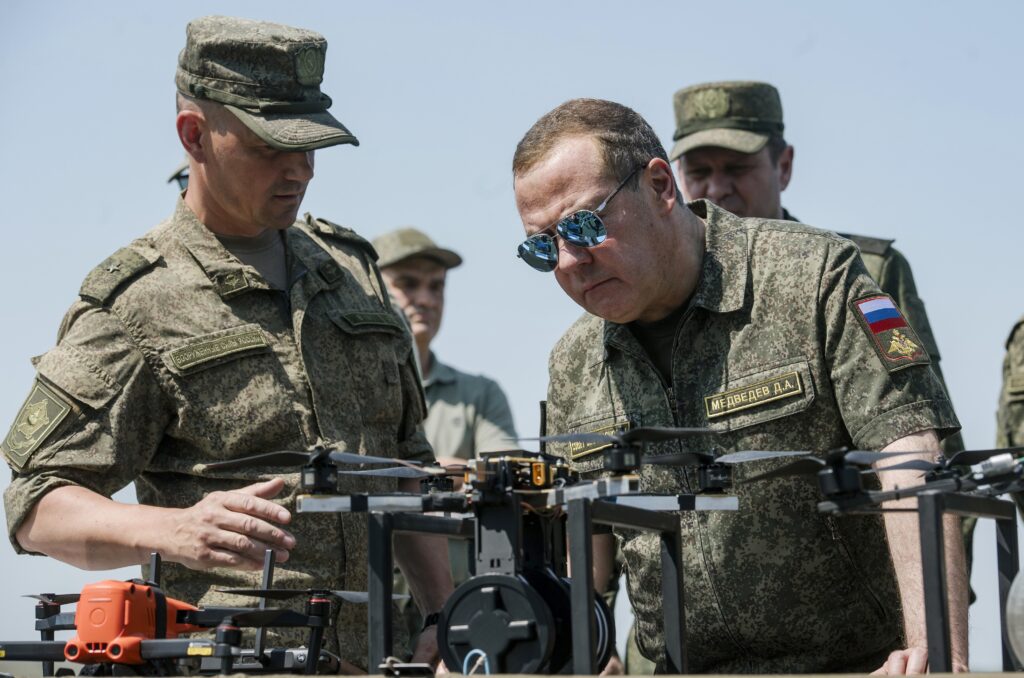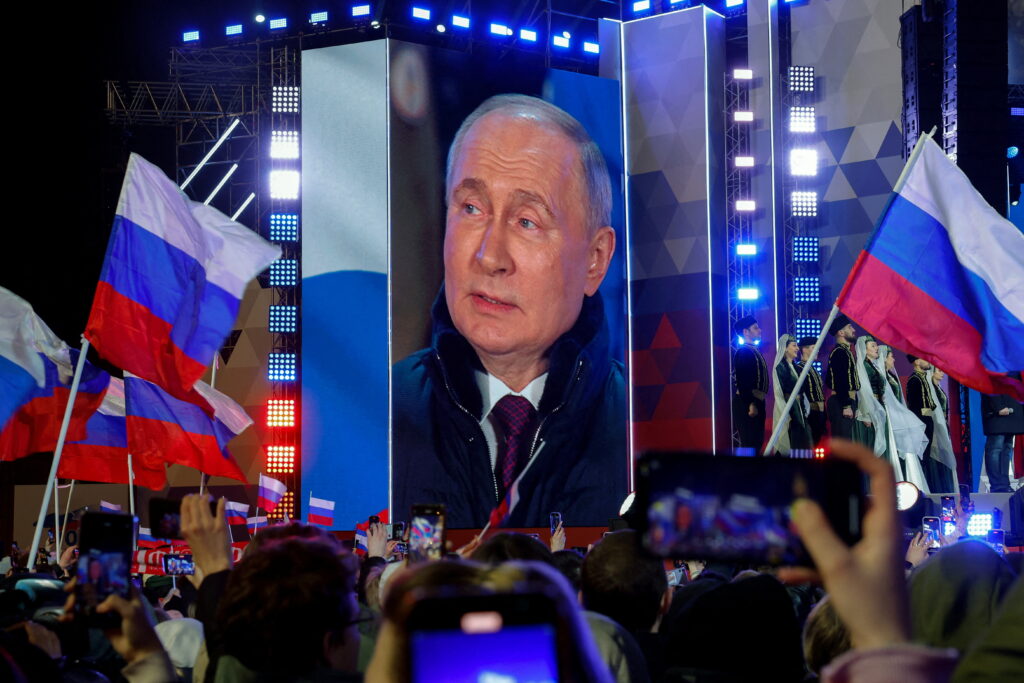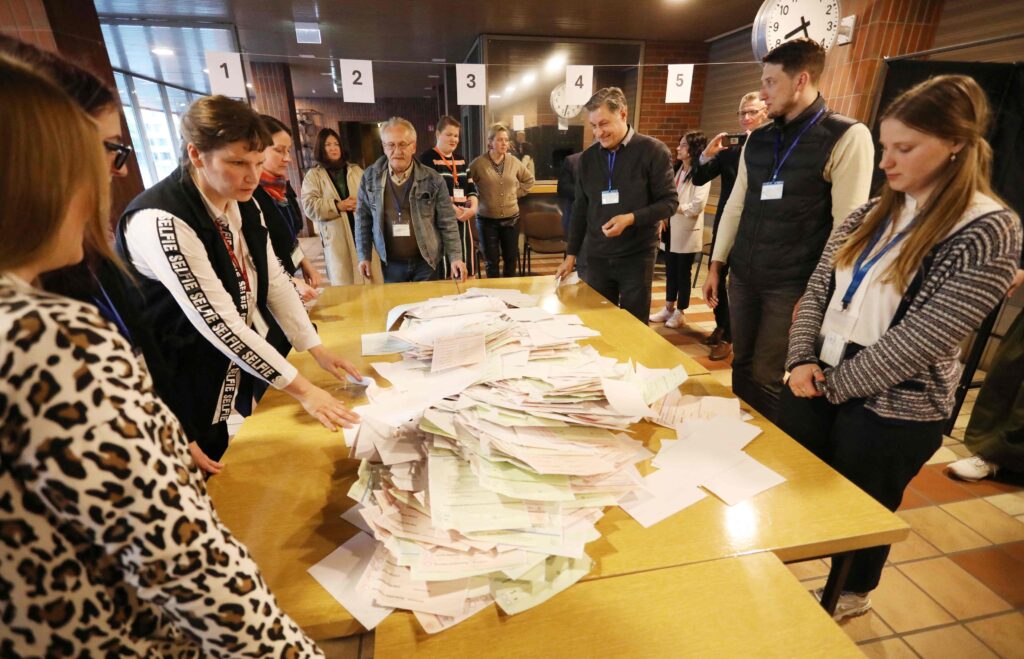The unauthorised Russia-wide protests on 23 January reached over a hundred cities and mobilised tens of thousands. These gatherings were called to protest the arrest of Alexey Navalny and decry the corruption at the top levels of government. In some regions, the size of the crowds broke local records. In southern Krasnodar and Rostov, four and three thousand people gathered respectively, reportedly the largest political gatherings in years.
Yet, the image was different in the neighbouring North Caucasus republics. In Adygea, Chechnya, Dagestan, Ingushetia, Kabardino-Balkaria, Karachay-Cherkessia and North Ossetia, no records were broken. In fact, only Makhachkala saw mass arrests like those elsewhere in the country, reportedly of a hundred people. Elsewhere in the Caucasus, only a few reports surfaced, such as about a single-person protest in Derbent, or a detention in Prokhladny, Kabardino-Balkaria. The authorities expected a degree of mobilisation as Vladikavkaz closed its main square ahead of the protest day. The governments of Ingushetia and North Ossetia issued warnings against people participating in the protests. Yet even there, sparse evidence of mobilisation has surfaced.
The North Caucasus republics suffer from many of the same problems of the rest of Russia. The concentration of power in the Kremlin, a stagnant economy, inequality, an unchecked security sector and highly engrained corruption are all present. Then, the economic problems of the region are especially severe, with unemployment well into the double digits across all republics.
The republics do have a small but diverse civil society that does occasionally protest in the streets. The large protests in October 2018 and March 2019 in Ingushetia against the land transfer agreement with Chechnya are evidence that people will take to the streets. There are also independent media outlets operating in the region, such as Chernovik and Fortanga. While state-affiliated Dagestani media failed to cover the Makhachkala gathering, Chernovik, Caucasian Knot, Caucasian Realities, among others, kept track. The exception is Chechnya. Here, the despotic rule of Ramzan Kadyrov has closed off public dissent and opposition, however tame.
So, why did this civil society not answer to the call to join large, country-wide protests? Much research is needed to understand the 23 January protests and the relative lack of mobilisation in the North Caucasus. However, it is possible to hypothesise about the factors at play that shaped the North Caucasian (non) response to Navalny’s call for mobilisation. Two factors may be at play: Navalny’s lack of popularity in the region, the region’s political institutions.
Alienation from Navalny and the mainstream?
The immediate answer to the lack of mobilisation in the North Caucasus is Navalny himself. As the protests were triggered by his arrest and later allegations of Putin’s unearned wealth, his figure is central to the 23 January protests.
The centrality of Navalny likely harmed the chances for mobilisation in the North Caucasus. The memory of Navalny’s bigoted views towards the region and his nationalist sympathies have likely alienated the region from his agenda. From the very start of his career as blogger, Navalny’s discourse has revolved around an idea of nationalism that excludes Russia’s national minorities – particularly those in the North Caucasus – and Central Asian immigrants. In 2011 he participated in nationalist rallies with the slogan ‘stop feeding the Caucasus’. In recent years, Navalny has placed his nationalist rhetoric in the background. In 2017 he advocated for a visa regime for people from Central Asia. Yet, the damage may be done.
Beyond Navalny himself, the North Caucasus is alienated from the rest of Russia to an extent. Indeed, Navalny’s views are not dissimilar from a large portion of Russians. According to polls conducted by Levada Centre, in 2019 one in two Russians supported the idea of ‘Russia for Russians’ and about one in three would limit the entrance of peoples of the Caucasus to the rest of Russia. (The group that most people polled would limit entrance were Roma people.) These numbers have oscillated in the past, yet they have never gone under twenty per cent.
And yet, the 23 January protests saw participation of not only the majority group – ethnic Russians – but also of many national minorities inside and outside of the minority regions. Syktyvkar, of the Komi Republic, saw a thousand people out in the streets, and Kazan, Tatarstan, also saw large numbers. Kalmikia – Russia’s Buddhist-majority region – saw a gathering of around a hundred. Then, many joined the Navalny protests to advocate for the cause of political prisoners in Ingushetia (the ‘Ingush affair’). In this sense, data on the composition of the crowds is needed to assess whether ethnic minorities engage with Navalny’s cause or not.
Institutions
Navalny’s reputation explains the lack of mobilisation to an extent. The other element to consider is that the North Caucasus itself is not welcoming to political protests in general.
According to researcher Julie Wilhelmsen, the governance of the North Caucasus relies on several distinct policies, all in place since 1999. First, a policy of force carried out through repression and criminalisation. Second, a policy of economic development carried out through top-down investment projects. Third, a policy of elite co-option via the consultative bodies of the region. Finally, a policy of identity-promotion, where being from the North Caucasus does not contradict being Russian. None of these policies involve the creation or development of structures for political deliberation and public participation. Indeed, the North Caucasus remains a bastion of United Russia, with election results being routinely falsified to benefit the ‘party of power’. Not surprisingly, the population of the region is rather apolitical.
This systemic exclusion from political deliberation has consequences relevant to participation in the North Caucasus, particularly through protests. The policy of force establishes a latent threat of repression against protesters. While protests do take place, their scope is limited; the authorities can always crack down on them after the fact. The Ingush experience of 2018 and 2019 is illustrative. Months after the protests took place many activists were detained. They faced charges of extremism and advocating violence. Second, the environment created by these policies also hinders the further development of civil society. Local NGOs are known to be harassed and hindered by the authorities. As the Navalny protests have involved a high degree of coordination with local activists, it is likely the institutions in the North Caucasus are not willing for them to even begin operations there. Indeed, there is evidence that the presence – physical or online – of Navalny supporters in parts of Siberia and the Northeast, and the North Caucasus is minimal.
Do not dismiss the North Caucasus
Much further research is needed to understand why the North Caucasus did not participate in the 23 January protests to a larger extent. Yet, two factors are well known, namely, Navalny’s poor record with Russia’s minorities and the undemocratic governance of the North Caucasus. The former points to larger problems in minority-majority relations in the country, with people from the Caucasus being routinely portrayed as foreign. The later points to the institutional trajectory of the North Caucasus, one that has been marked by wars and repression.
These challenges for the North Caucasus may tempt some to dismiss the region as overly complex for political transformation or even to see it as a hindrance for Russia’s democratisation. Yet, all recent transformations of the Russian state have run through the North Caucasus. When in 1990 Yeltsin appealed to the regions to ‘take as much sovereignty as you can’, the national republics duly followed. When Putin described his ‘historic mission’ in 2000, he said it was to ‘resolve the situation in the Caucasus’. As the post-Putin era approaches – slowly, at a glacial pace – the North Caucasus will necessarily be part of the broader transformations that await.
